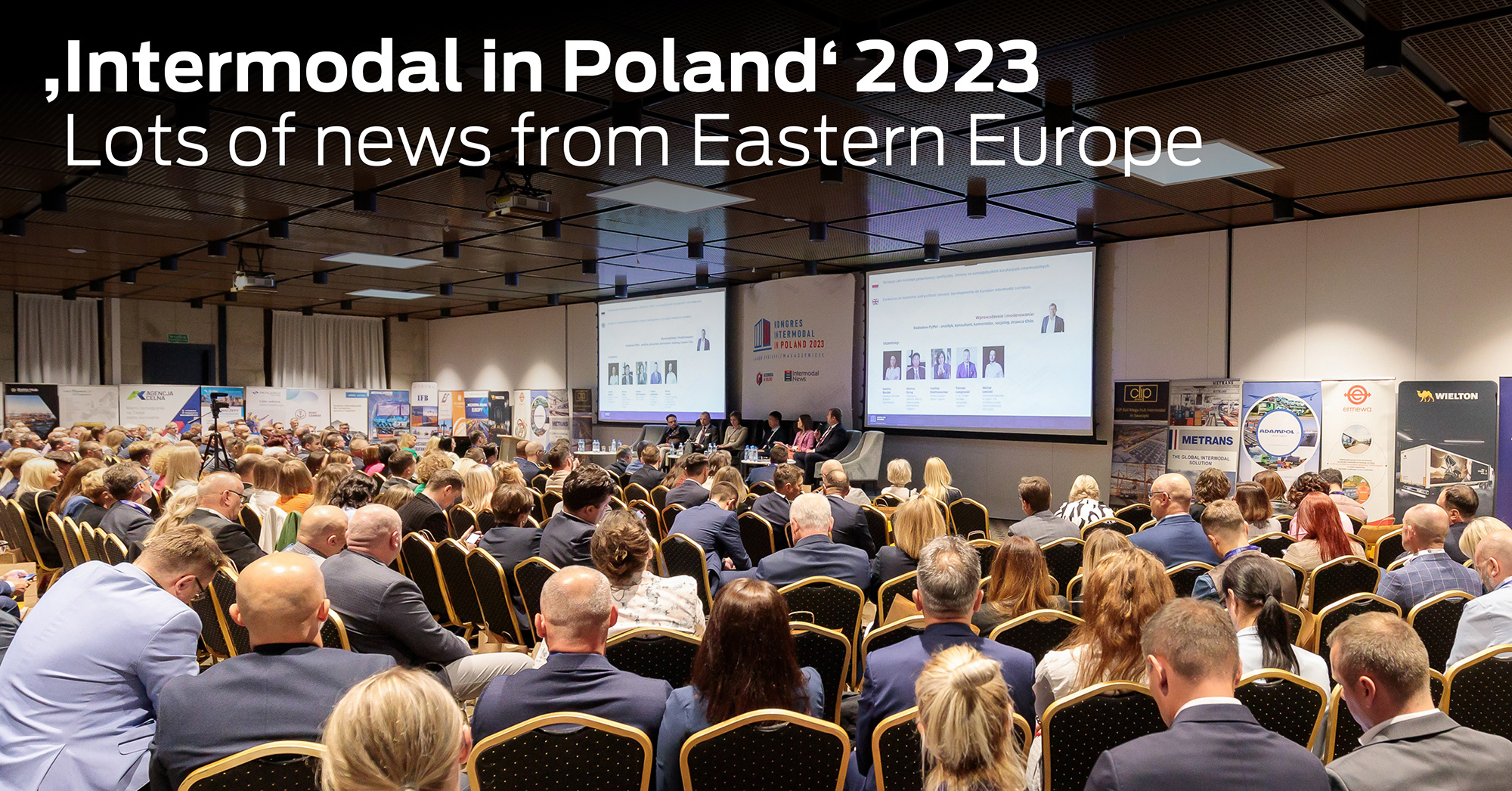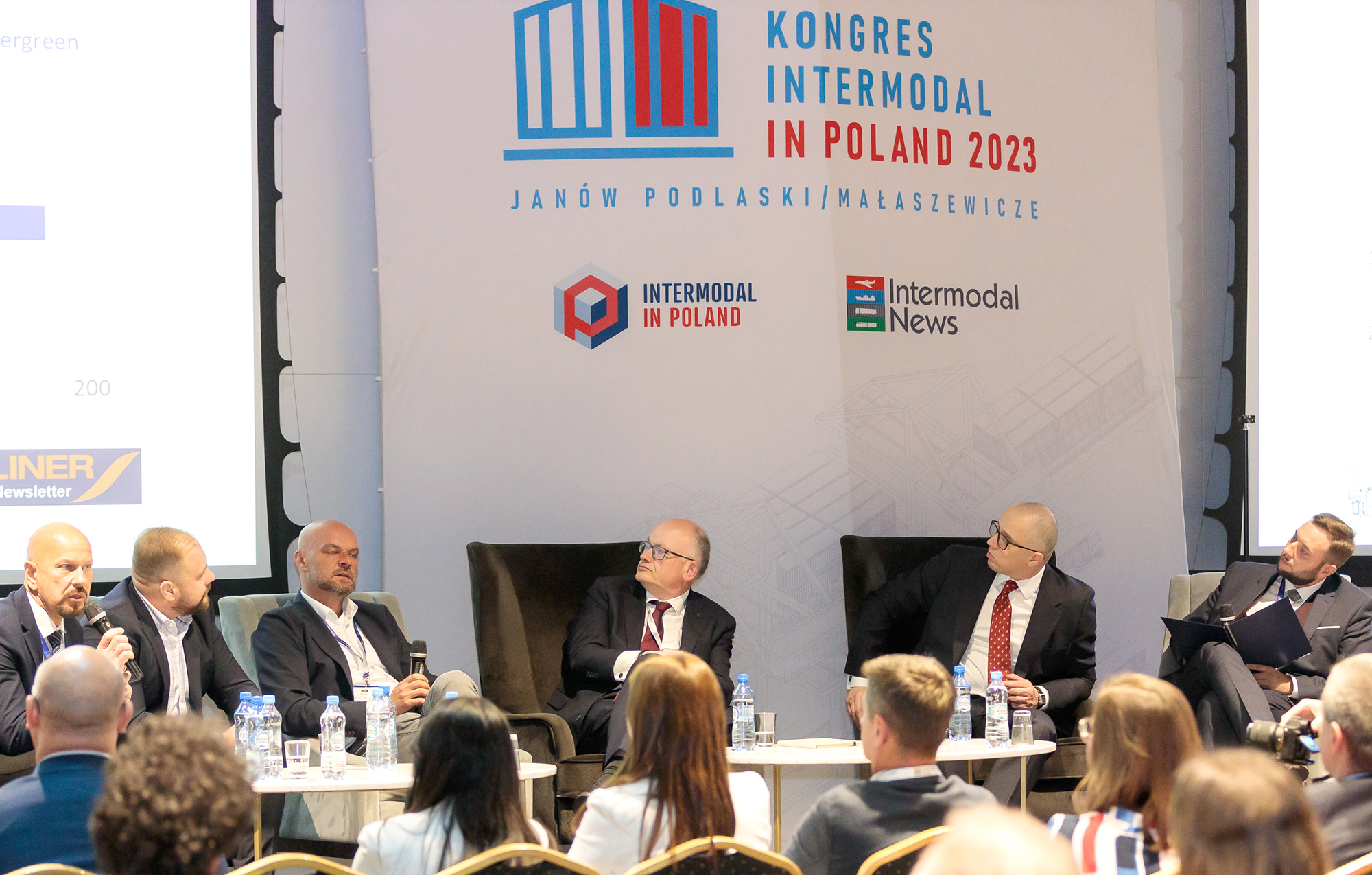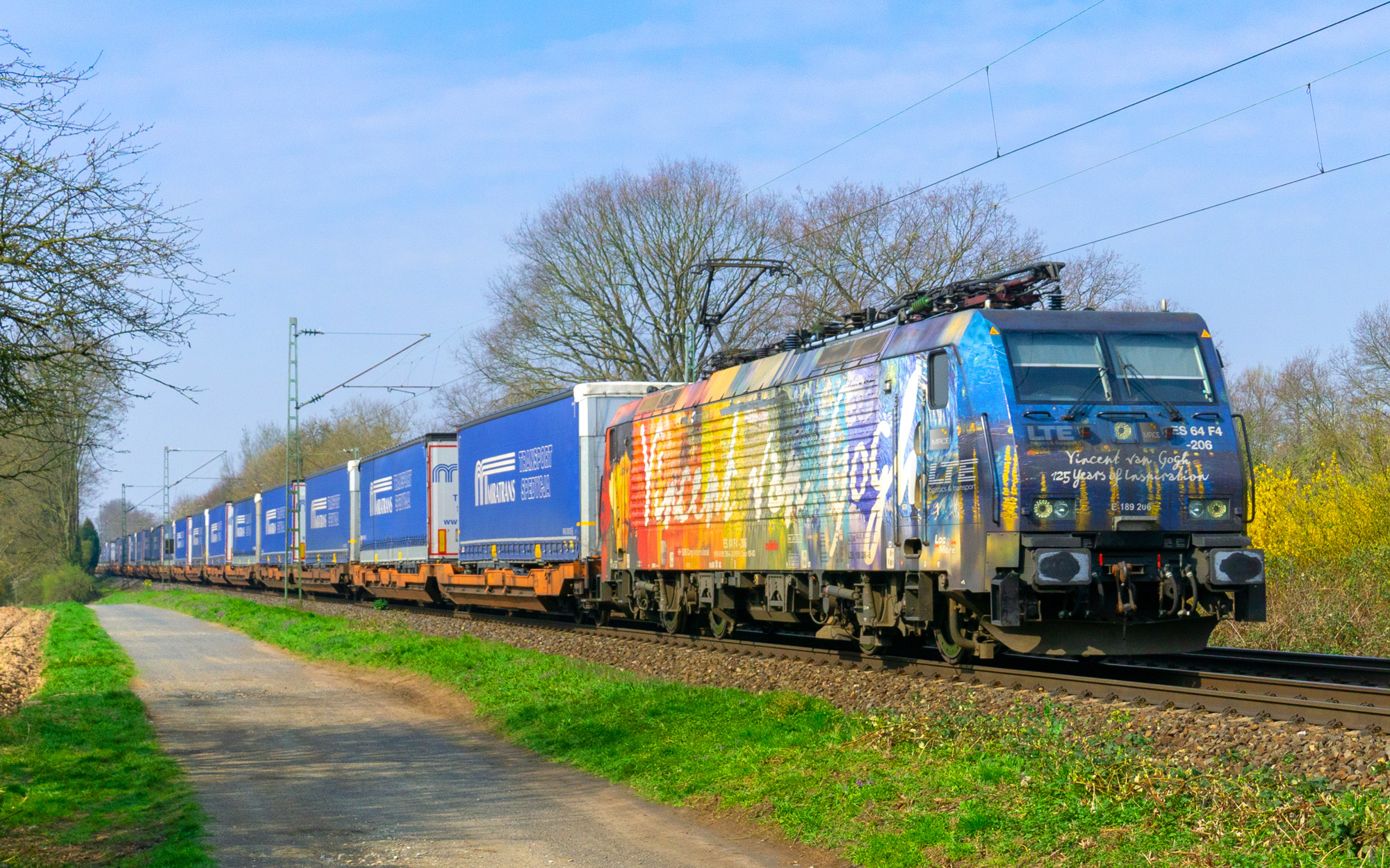

EU-wide there is still enough room for improvement until transports are on rails to demonstrate its strengths associated with climate change as well as economic efficiency compared to its competitors on the road. On the other hand, however, the member states are largely doing amazing things, as illustrated by the example of Poland. The "Intermodal in Poland 2023" congress was dedicated to the topic in detail, with our colleague Arthur Kaldynski and his expertise well appreciated in the context of a panel discussion.
Fill in your email address and get regular updates from LTE-group!
Thanks to the modernization of infrastructure and the development of Baltic Sea ports, Poland is beginning to play an important role on the North-South transport corridor, the importance of which has increased especially after the outbreak of the Ukraine crisis. The development of intermodal transport on this corridor is promoted by the growing trade exchanges between Europe and Turkey, the Middle East and India, said during the debate "North-South Direction: New Opportunities for Intermodal Transport".

North-south corridors work differently than east-west corridors. "Romania and Bulgaria are (still) problematic due to the inadequate railway infrastructure and the horrendous prices for energy," says Kaldynski, "as a result, we lose 3-4 days." He admits that, however the investments are starting to have a positive effect, especially in Romania and Hungary.

In the meantime, with the Rail Baltica project, Lithuania has also been integrated in the north-south corridor and, above all, the Euroterminal Slawkow at the end of the broad-gauge railway remains the gateway to China and insures despite the Ukraine crisis via the Baltic Hub the uninterrupted movement of goods Italy. The North Adriatic Ports Association open the gate to Turkey to reach as far as Iran or India and link them to the diverse destinations in the Mediterranean. Finally, Gdańsk, being the largest port in Poland, also offers an important corridor function between Scandinavia and Turkey, for example. In the meantime, work is also being done on expanding the infrastructure towards Constanta RO.
However, Kaldynski is very pragmatic when it comes to dealing with the exchange of locomotives at the borders, because "thanks to our fleet, the multi-system locomotives, and our highly professional LTE team, we can shorten the transport time quite a bit."
As I said: Moveo, ergo sum.
preview pic: Intermodal News Portal
Head Office LTE-group
Bahnstraße 51/1
2440 Gramatneusiedl | Austria
T: +43 (0)316 57 20 20-0
F: +43 (0)316 57 20 20-250